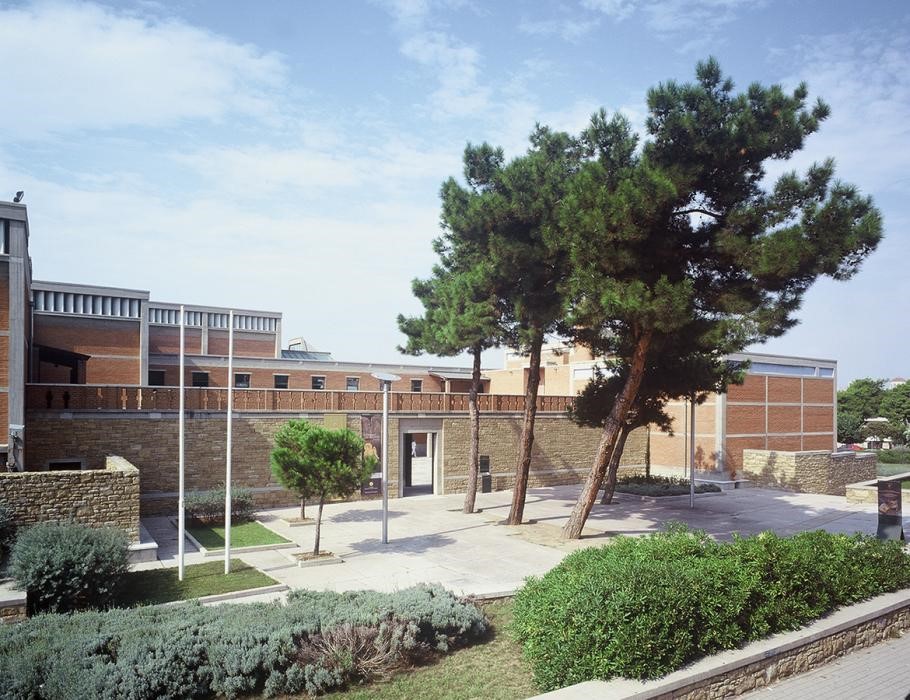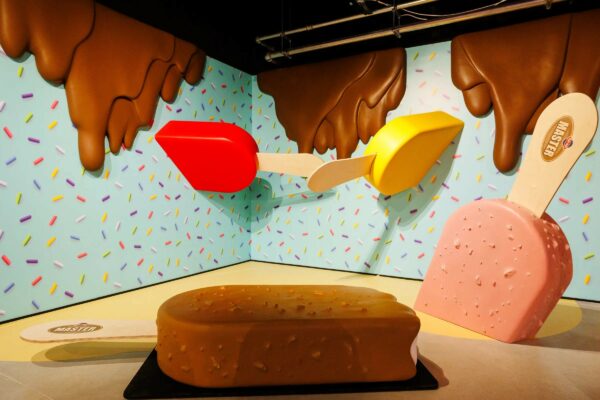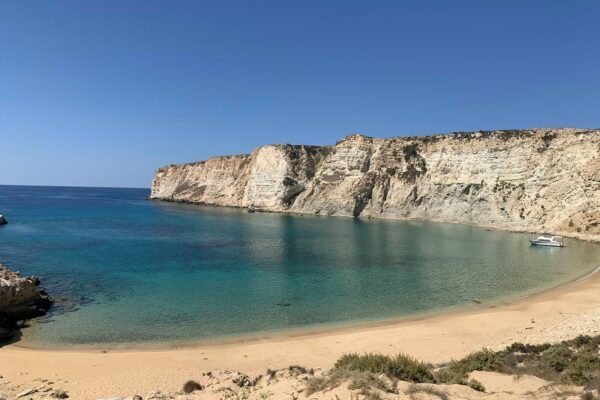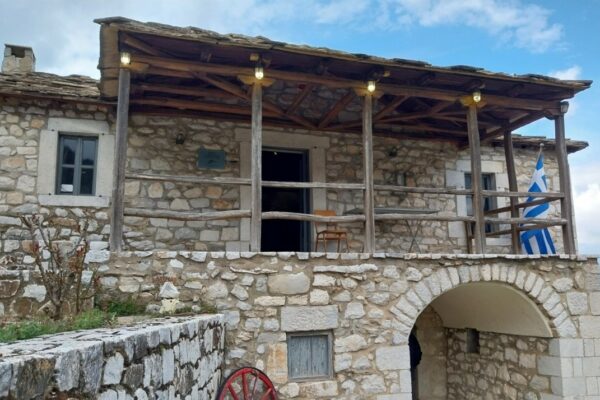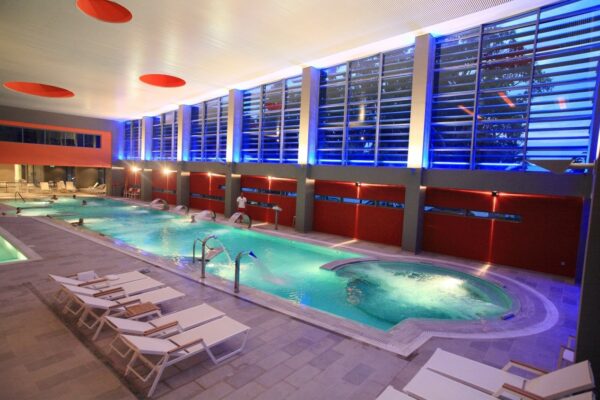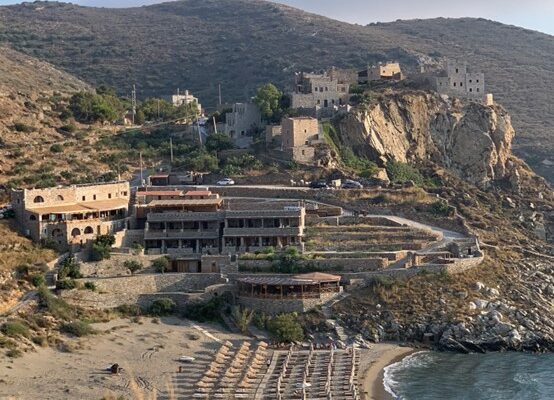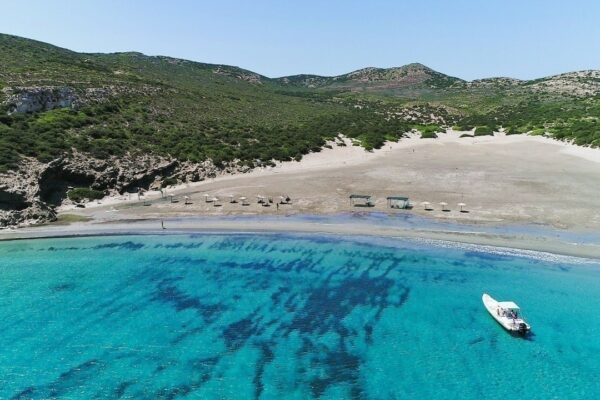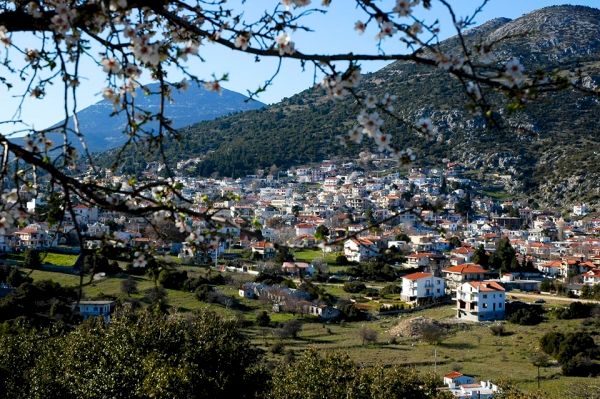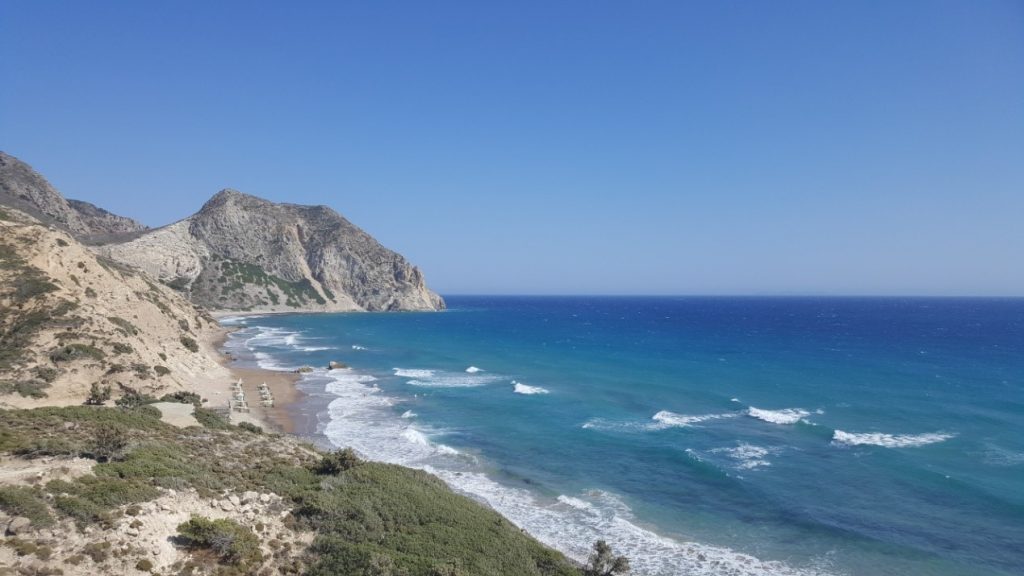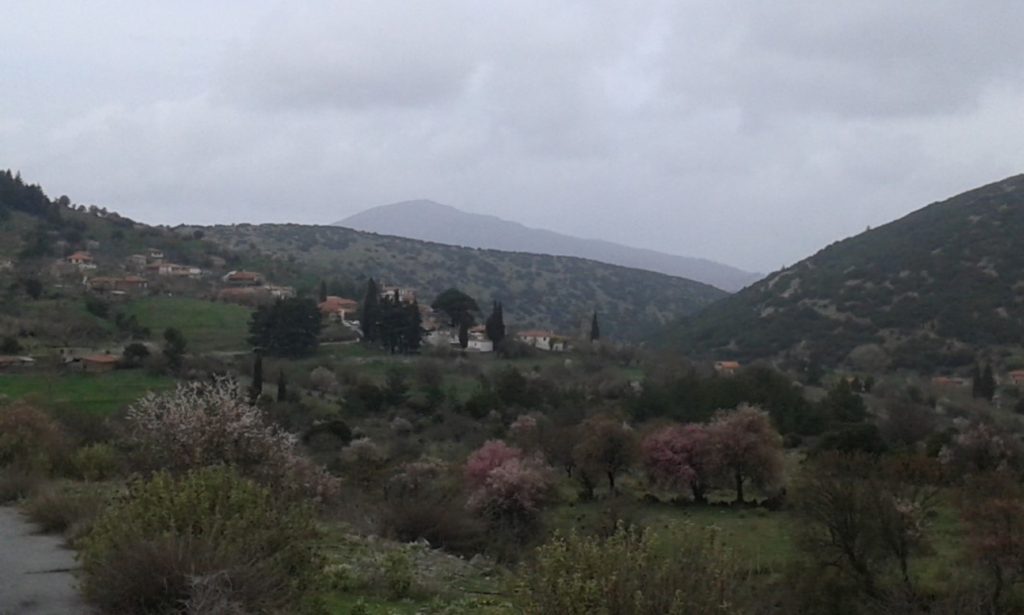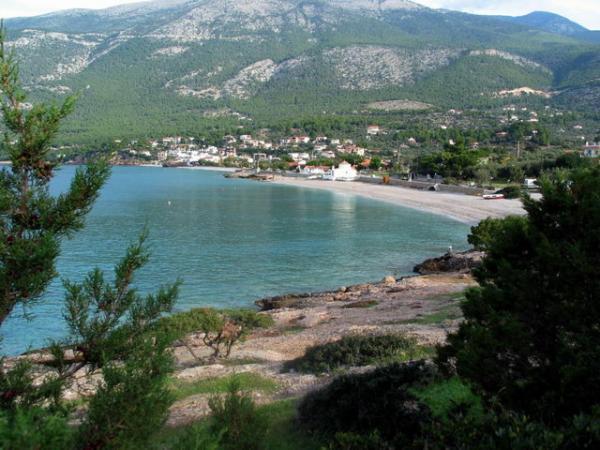Museum of Byzantine Culture in Thessaloniki
The Museum of Byzantine Culture in Thessaloniki founded 28/02/1989 and was completed in October 1993. Opened its doors to the public on 11-9-1994, the exhibition "The return trip". This report, marking the return of Byzantine antiquities of Macedonia (14-6-1994), which remained 80 years at the Byzantine and Christian Museum of Athens, where they had been transferred there 1916.
The museum is the concentration, preservation, protection, keep, exhibition, promotion, visibility and study works and objects of early Christian, Byzantine, medieval and post-Byzantine period, coming mainly from Macedonia and from the excavations of the surrounding areas.
The museum was awarded the "award Museum"Council of Europe, as European Museum of the Year, for 2005.
THE MUSEUM BUILDING
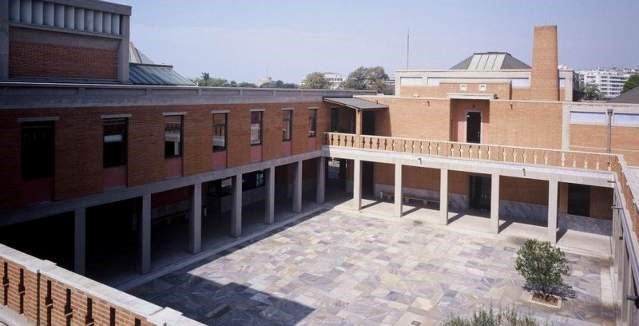
Considered one of the finest public buildings in Greece, in terms of architecture and for this 2001 declared by the Ministry of Culture, «Historical Monument & Work of art». The building occupies an area 5.371,27 sq.m. and featuring a large patio with a perimeter gallery around it.
The museum features a permanent and temporary exhibitions.
THE PERMANENT EXHIBITION
In this exhibition presents original exhibits come mainly from Thessaloniki and Macedonia in general, and depict aspects of Byzantine and post-Byzantine civilization. There are 11 rooms in which exposed 3190 antiques, relics and artworks from 46.000 and now included in the collections of, dating from the 2nd to 20th century. m. X.
eth. 1 – Early Christian Church
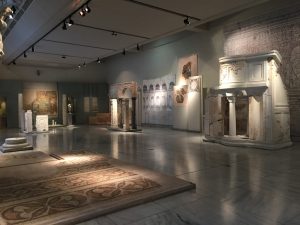
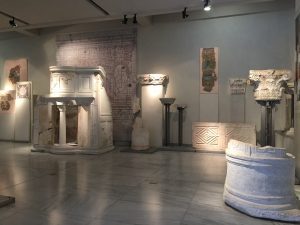
In this room the architecture depicted, the decor, operating utensils and items of a temple paleochristianic. Of interest are the marble, the marble revetment slabs and mosaics of the churches of Saint Dimitrios and Acheiropoietos, Insertional art ornaments nacre, glazing, frescoes, the architectural (parapets, capitals, capitals) and utensils.
eth. 2 – Early Christian City and Residence
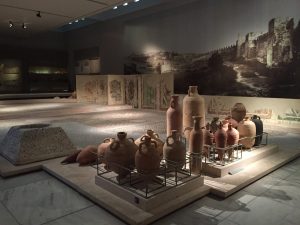
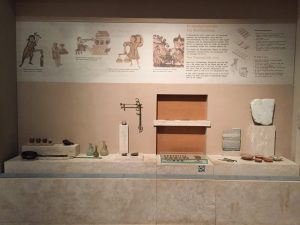
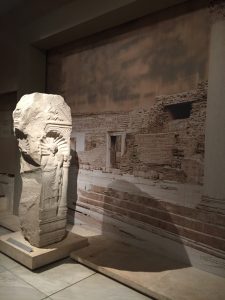
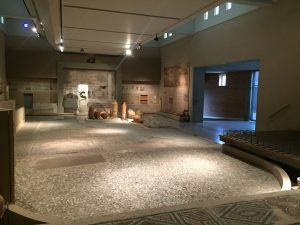
In the report of the second chamber, the center we see the triclinium, the reception of a rich Thessaloniki home. Around the room are displayed ceramic and glassware equipment was either house of the era or trade items. There are also objects from the various activities of the house such as weaving and cooking, but also clothing and grooming.
eth. 3 – From the Elysian Fields to Christian Paradise
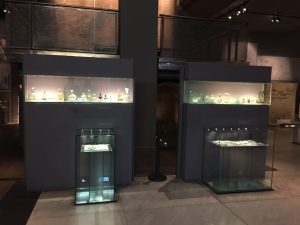
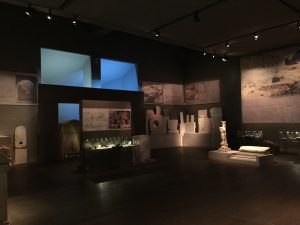
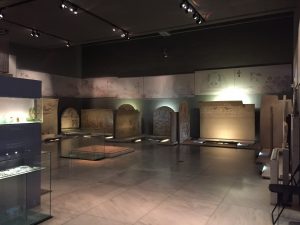
In this the funerary inscriptions shown, the objects that accompanied the dead, funerary objects of worship, and funerary paintings illustrating the migration path to the afterlife and decoration to the final triumph of the Cross.
eth. 4 – From Iconoclasm to the splendor of the Macedonian and Komnenian
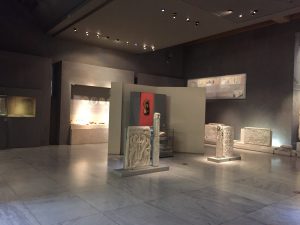
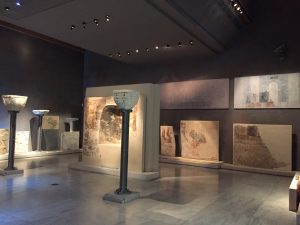
The fourth room,presents issues such as iconoclasm, the architecture, painting and sculpture of the Middle Byzantine church. monasticism, the Christianization of the Slavs of Thessaloniki Konstantinos – Cyril and Methodius, and generally the public and private life of the period are also issues that are depicted in funerary monuments, ceramics, on coins, in everyday objects.
eth. 5 – The Dynasties of Byzantine Emperors
In the room, presents the Byzantine dynasties the years of Heraklion until the fall of Constantinople, through coins and stamps.
eth. 6 – The Byzantine Castle
In the exhibition hall, presented the defense system of the Byzantine Empire, the city organization – castle. The objects come from castles of Macedonia. The room has video that informs visitors to the castles Macedonia and Thrace.
eth. 7 – The Twilight of Byzantium (1204-1453)
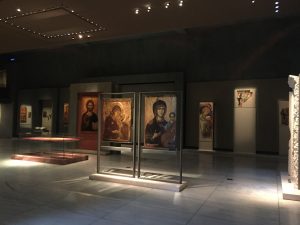
The exhibition presents works of art of the period, as frescoes and marble images, and articles of worship and everyday. Also presented are the mint of Thessaloniki, the glass of, and the potteries found in Macedonia and Thrace.
eth. 8 – Collection Dori Papastratou
The report discloses a plate and engravings, from Venice, Vienna, Mount Athos, and Istanbul.
eth. 9 – Collection Demetrius Oikonomopoulos
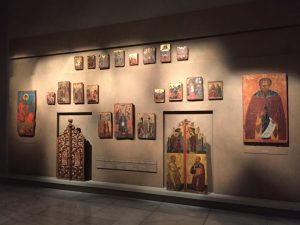
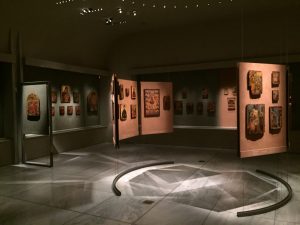
In this room, There are representative works, such as ceramics, currency, and ecclesiastical documents.
eth. 10 – Byzantium after Byzantium
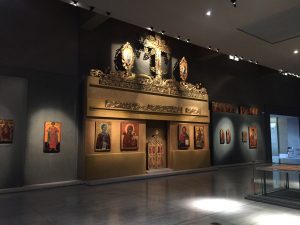
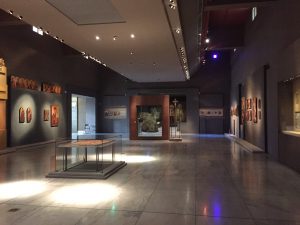
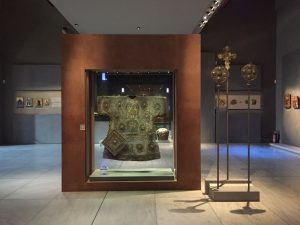
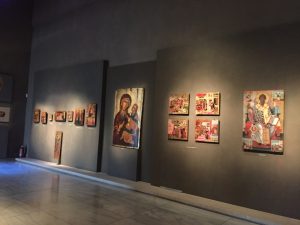
In the last room presents the Byzantine heritage after the fall. They also present a new kind of artistic expression of the Orthodox Church in the 17th century, while there are some samples of ecclesiastical gold embroidery, liturgical books and examples of church silverware. Even objects of Byzantine culture with references to private worship and daily life.
eth. 11 – Discovering the Past
The last aithousa.me archaeological material and digital applications shows the steps to follow the ancient object from the time of excavation, until you reach the museum. still shows the history of the museum with the help of computers and touch screens.
Museum of Byzantine Culture in Thessaloniki
Avenue Army 2, Thessalonica, tel.: 2313-306400, email: [email protected]

